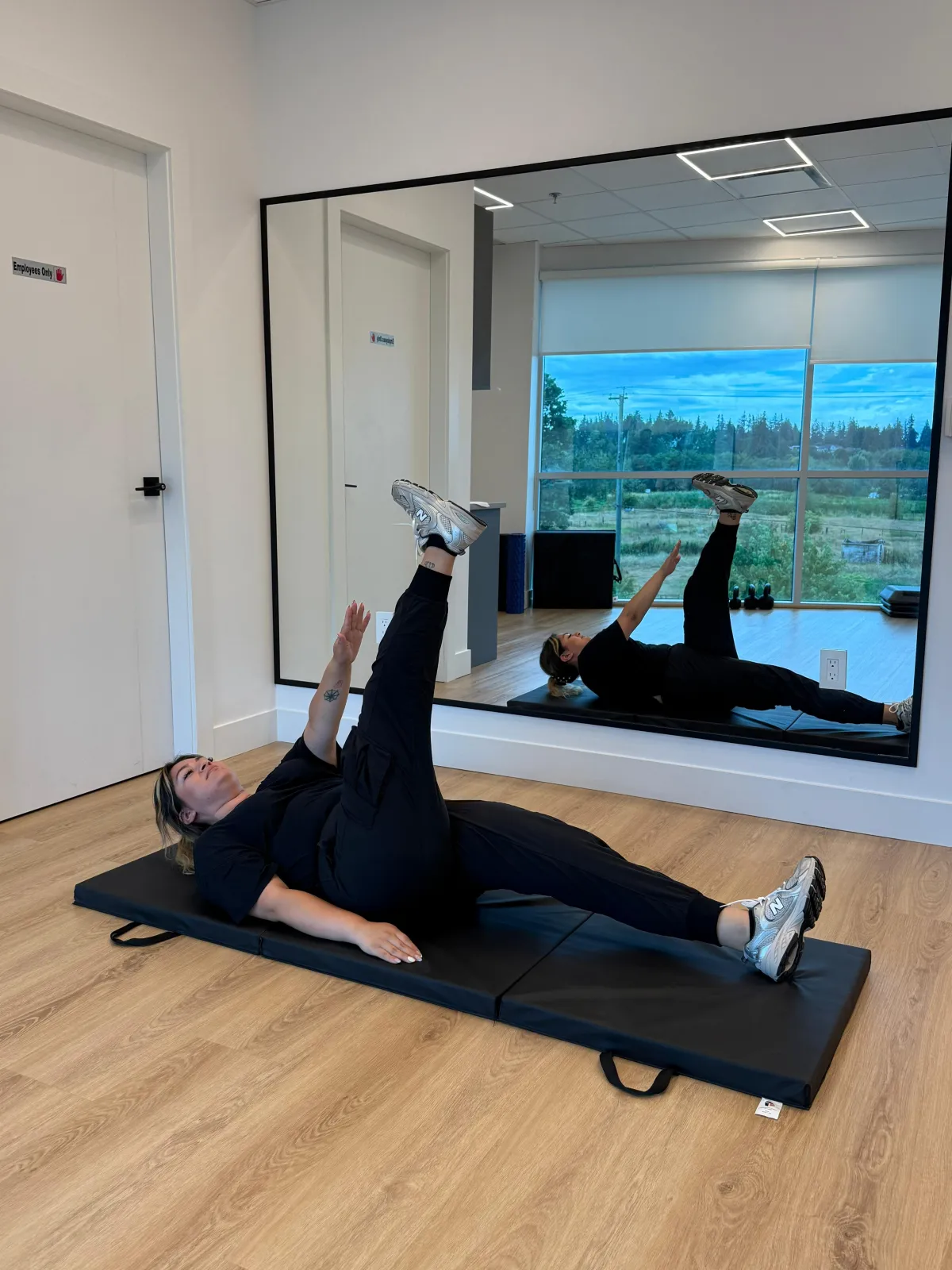
Physiotherapy for Posture Correction: Building a Stronger Spine
In the modern world, posture problems are becoming increasingly common. Hours spent hunched over laptops, slouching on couches, or scrolling on smartphones have led to a rise in back, neck, and shoulder pain among people of all ages. While poor posture may seem like a minor inconvenience, over time it can cause lasting musculoskeletal issues, headaches, and even breathing difficulties. Physiotherapy provides a holistic approach to correcting posture, not only relieving discomfort but also strengthening the body for long-term spinal health.
Why Posture Matters
Posture is the alignment of the body while sitting, standing, or moving. Good posture distributes weight evenly, reduces stress on joints, and allows muscles to work efficiently. Poor posture, on the other hand, places strain on the spine and surrounding tissues.
Common posture-related problems include:
Forward head posture – Leaning the head too far forward, often due to excessive screen use.
Rounded shoulders – Shoulders slumping inward from sitting at desks for long periods.
Excessive lumbar curve – Arching of the lower back, sometimes caused by weak abdominal muscles.
Flat back – Reduced natural curve in the spine, leading to stiffness and pain.
These issues may not only cause discomfort but also affect balance, flexibility, and overall movement efficiency.
The Role of Physiotherapy in Posture Correction
Physiotherapy takes a comprehensive approach, addressing both the symptoms and underlying causes of poor posture.
1. Assessment and Education
A physiotherapist begins with a detailed evaluation of alignment, gait, and muscle balance. Patients are educated about how posture affects health and what daily habits might be worsening their condition.
2. Manual Therapy
Through hands-on techniques such as joint mobilizations and soft tissue release, physiotherapists relieve tightness in overworked muscles. For example, stretching tight chest muscles often helps improve rounded shoulders.
3. Strengthening and Stretching Exercises
Physiotherapy programs focus on balancing weak and tight muscles:
Strengthening the core and back muscles for spinal support.
Stretching shortened muscles in the chest, hip flexors, and hamstrings.
Teaching dynamic movements like yoga-inspired stretches to improve flexibility.
4. Ergonomic Advice
Workstation setup plays a huge role in posture. Physiotherapists recommend adjustments such as keeping computer screens at eye level, using lumbar support cushions, and practicing regular movement breaks.
5. Habit Formation
Since posture is influenced by daily habits, physiotherapists teach cues and reminders. Small actions like keeping feet flat on the ground or avoiding crossing legs while sitting help reinforce good alignment.
Benefits of Physiotherapy for Posture
Reduced pain in the back, neck, and shoulders.
Improved spinal alignment and mobility.
Better breathing and circulation.
Increased energy and reduced fatigue.
Prevention of long-term musculoskeletal problems.
Conclusion
Posture correction is more than just “standing up straight.” It requires understanding body mechanics, breaking old habits, and building strength where it is lacking. Physiotherapy provides the tools, exercises, and education to not only correct posture but also maintain it for life. By investing in physiotherapy, individuals can move with greater confidence, reduce pain, and protect their spine for years to come.